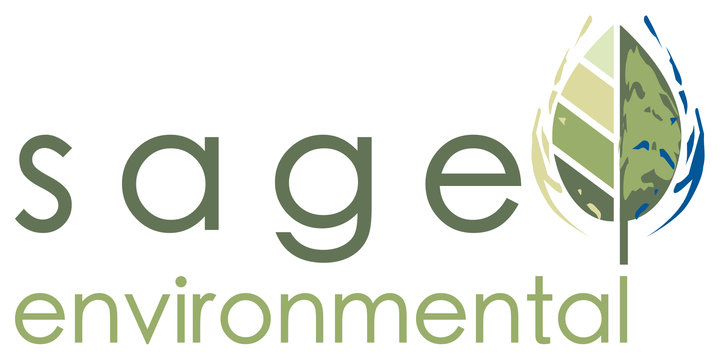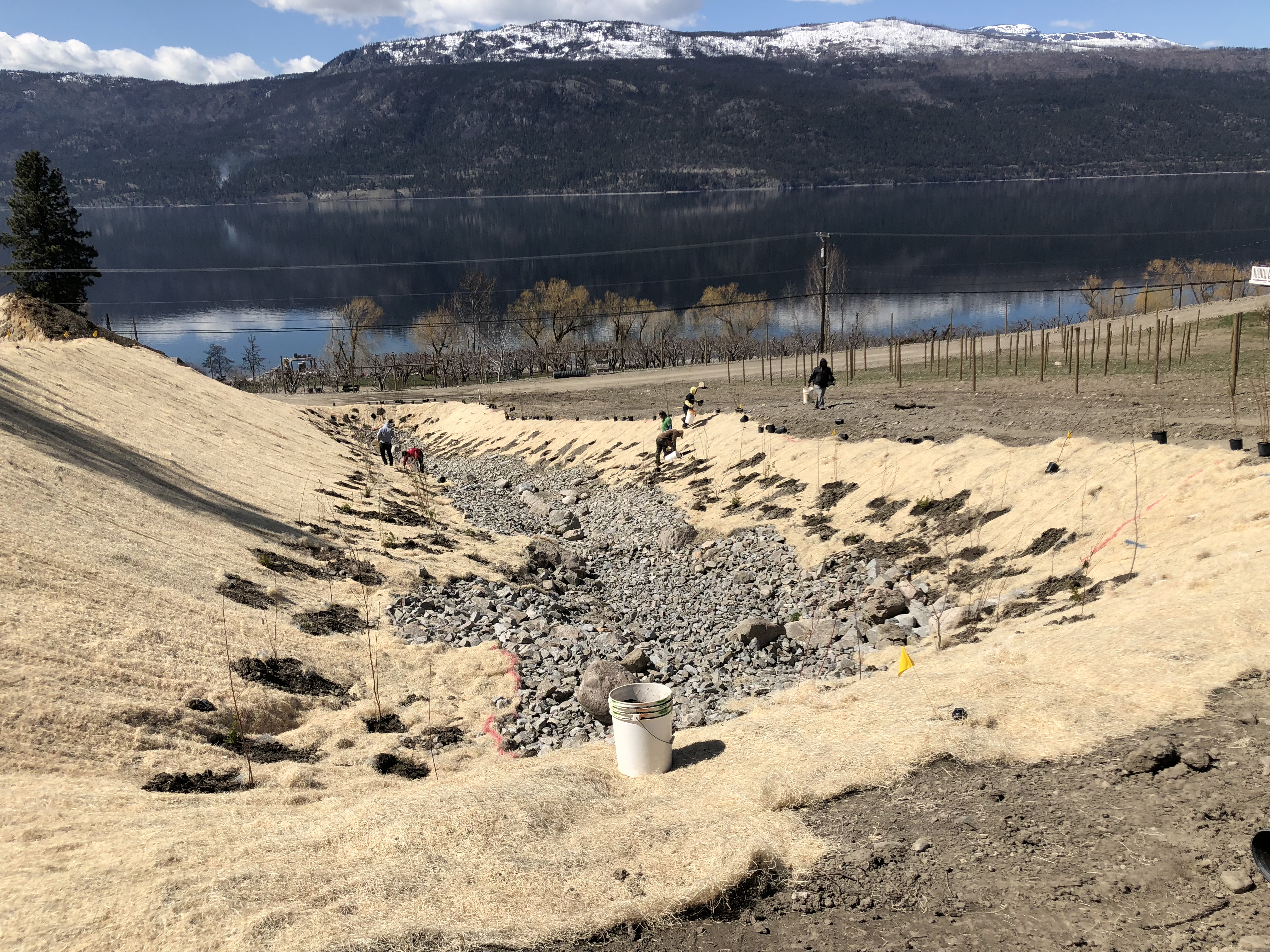Written By: Rhia Whittaker, Grad.Tech.
Let’s open this topic with outlining what Habitat Enhancement and Habitat Restoration are. Habitat Enhancement is a management objective that describes manipulation of the natural landscape to improve it for ecological function. Habitat Restoration is the practice of returning a damaged or degraded site to a natural and native state. These two objectives go hand in hand for the purpose of Environmental Management. And these aspects of Environmental Management are becoming actively more integrated into development planning and design.
As human activities continue to alter the natural landscape, environmental constraints and concerns are becoming a common topic during municipal planning and permitting processes. There is a growing awareness and greater stipulations for balance between urban expansion and maintaining ecological function. Stewardship for the environment represents a growing contribution in decisions related to land use and community building. Balanced land use decisions incorporate protective measures for high value habitat areas such a riparian areas or wetlands, and to a greater degree include Habitat Restoration and Enhancement prescriptions. Incorporating Habitat Enhancement and Restoration objectives into a development plan can support a projects initiative while providing community, environmental, and wildlife benefits to a site and surrounding area. Carrying out a plan to enhance or restore ecosystems and habitat can improve the environmental performance of a development, increase social acceptance by the community and establish a project legacy of enhancement and stewardship.
Creating a plan for Habitat Enhancement and Restoration should occur prior to applying for a development permit. The plan can outline strategies that target the projects direct and/or indirect impacts or, it can target a portion of the site that has been previously impacted.
Ecosystems and wildlife habitats are unique, diverse, and complex therefore, specified objectives are key for Habitat Enhancement and Restoration; Enhancement can target specific species at risk, while Restoration can target specific ecosystems that were once thriving prior to impact. In many cases site conditions have been altered to a degree that restoring a native habitat is no longer practical. In these cases, ecological integrity can be improved or restored but the target ecosystem may be a hybrid system that includes native elements. Each Enhancement and/or Restoration Plan is site specific and integrates historical values while considering adaptions to changing environments. To account for diversity in a Habitat Restoration or Enhancement project a set of standards is applied to ensure complete consideration of factors. The Society for Ecological Restoration has recently released the 2nd version of the International Principles and Standards for Ecological Restoration. https://www.ser.org/
The Sage Environmental Consulting Ltd. team has the skills and background necessary to provide applicable and proficient knowledge for Habitat Enhancement and Restoration design. We will work with you to create a plan that will benefit your development design and permit application, and that will provide short-term and long-term benefits for the community and the environment.
The photos below depict some restoration projects we have been involved in. Some are broad area plans and some are site specific to remove a habitat restriction such as fish passage barriers.

Photo 1: Native shrubs and trees on site for restoration planting around a riparian area restoration site.





